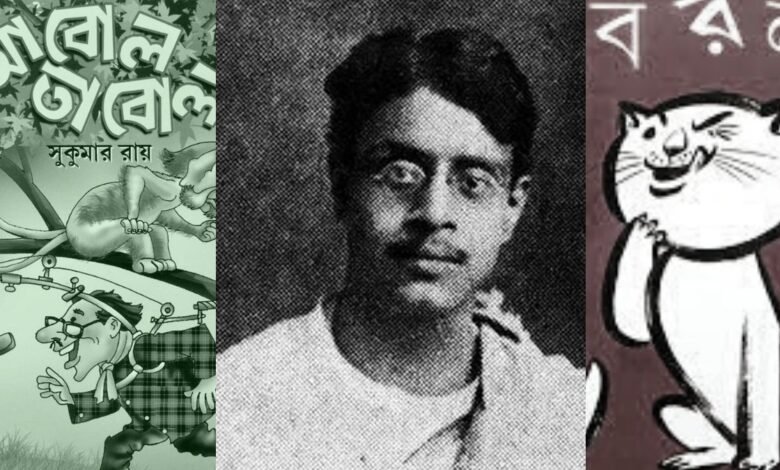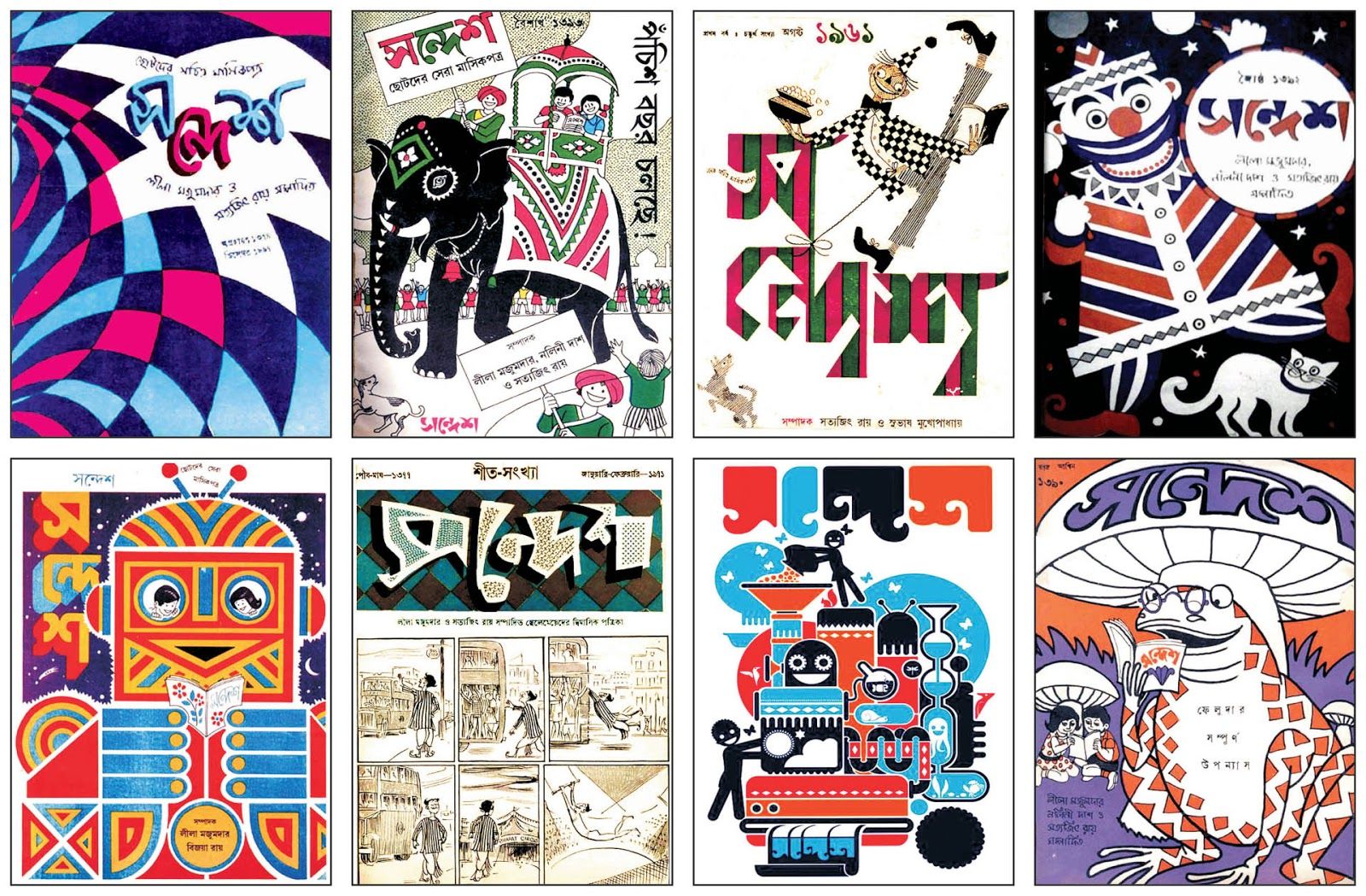Sukumar Ray, the king of Indian Nonsense

Sukumar Ray, who was born today, described his style of writing as the tenth rasa of Indian literature and named it Nonsense.
Perhaps the trailblazing Sukumar Ray could provide us with the answers to why there are so many Bengali children illustrators in India. His illustration and path-breaking satirical poems had shaped every Bengali childhood. In fact, they still remain relevant, and thus the University of Calcutta has decided to include his works in their syllabus.
Sukumar Ray was born today in 1887 to a legendary poet, entrepreneur, writer, illustrator and photographer, Upendrakishore Ray, in Bengal province in British India. Ray displayed signs of his creative talent early in life. His first poem, ‘Nodi’ or ‘River’ got published in Mukul magazine. He was barely eight years old.
His short yet contemplating life
Hailing in a Brahmo family, Sukumar Ray he had experienced the blooming of Bengal Renaissance evolution very early in his life. It is said that Bengal Renaissance evolution has shaped and moulded his writing style. His mother Bidhumukhi Devi, was the daughter of Dwarkanath Ganguly, a champion for women cause. Dwarkanath’s wife, Kadambini Devi, was one of the first female doctors of India.
As mentioned, his birth in the blooming renaissance era had preserved his literary talents. Like many of his contemporaries, he was also inspired by Rabindranath Tagore. Sukumar graduated from Presidency College in 1906 with double honours in Physics and Chemistry. He later went to the School of Photo-Engraving and Lithography in London to learn photography and lithography. He was the pioneer of photography and lithography in India.
In 1919, he was married to Suprabha Das, and the couple gave birth to Satyajit Ray, the legendary director, in 1921. Sadly, Sukumar died of an infectious fever that did not have a cure. His son was barely two years old. He passed away in 1923, at an early age of just 36 years.
Sukumar’s introduction to ‘Sandesh’
While he was learning photography in London, his father established a printing press in Calcutta. Upendrakishore then launched the still read and adored children magazine, Sandesh. After returning from London, Sukumar started writing and sketching for Sandesh.

After his father died in 1915, he and his brother Subinoy Ray ran the children magazine. Many relatives pitched in for writing in Sandesh. Little did they know that their out-of-the-box comic illustrations coupled with text would inspire generations of artists till now.
The King of Nonsense
Sukumar’s pen blossomed in the ‘nonsense’ genre. Verses, plays and short stories – he has got it all. The 45 verses were later collected in his classic work Abol Tabol that was originally published in Sandesh in 1923. The whimsical language with lively wordplay portraying absurd notions became an instant hit with both young and old readers. The verses charismatically had an underlying tinge of satire. Sukumar describes his style as the tenth rasa in Indian literature and names it Nonsense in the preface.
Many more followed like Haw-Jaw-Baw-Raw-Law (Mumbo-Jumbo), Pagla Dashu (Crazy Dashu) and an early science fiction parody, Heshoram Hushiyarer Diary (The diary of a whacky explorer) and many more. The character of Pagla Dashu was inspired by his college friend.
Amongst all his great work, Haw-Jaw-Baw-Raw-Law is considered his answer to Lewis Carrol’s Alice in Wonderland. The title is a string of letters, consisting of Bengali consonants that have become a synonym of nonsense in the language. The readers are transported to the topsy-turvy world, where anything is possible.
Sukumar’s literary capabilities also blossomed in his dramas or plays. He wrote several plays like Jhhalapala (A farce), Lakshmaner Shatishel (A spoofy take on a Ramayana incident) and Chalachittachancari (A satire on the religious group rivalry). His plays mocked the Britishers and their policies and invoked a sense of humour in society.
Yet, in a short span of a lifetime, Sukumar Ray left an infallible stamp on Bengali culture, which would continue for many generations to come.